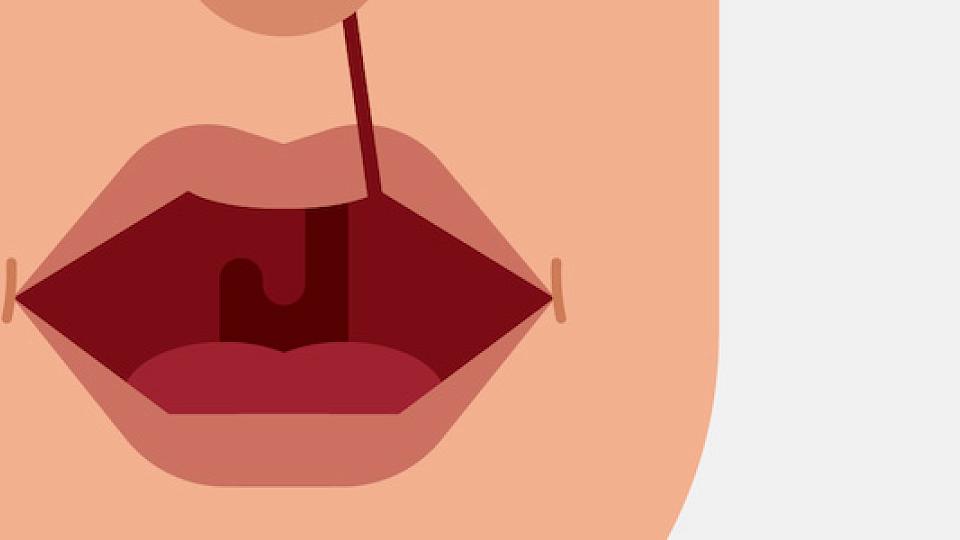Breadcrumb

Let's be honest: most newborns have funny shaped heads. It's okay to say it, it's perfectly normal. At birth the bones of the skull are in place but not fused together. The places where the bones meet are called sutures, and while they will eventually fuse into bone there are several reasons why they need to stay open: first to allow the infant's skull to easily pass through the birth canal and later to accommodate the growth of the brain.
"These bones [are] not supposed to fuse completely together until we are in our 20s or so," said Barbu Gociman, MD, a craniofacial plastic surgeon with University of Utah Health. "Unfortunately, in some babies some of these bones fuse prematurely."
The premature fusion of skull bones is a condition known as craniosynostosis. This condition can cause a range of problems ¾ from the cosmetic to developmental delays. "It can be mild with an abnormality in the head shape and only requires observation," said Gociman. "Then you can go to the other end of the spectrum where there is not enough space inside the cranium to allow the brain to develop."
Abnormal head shape is the first sign of craniosynostosis. However, it isn't the only symptom that may arise. Parents may notice that the fontanel or "soft spot" on their child's head feels strange or seems to be rapidly disappearing. They also may notice their child's head does not seem to be growing as quickly as the rest of the body. "While physical aspects of the skull can help with a diagnosis of craniosynostosis it cannot be confirmed without a CT scan," said Gociman. "This way the physician can accurately see if sutures have fused."
For some conditions, craniosynostosis is just one of the symptoms. An infant may also have problems with their hands and feet or internal organs. In those cases other issues may need to be addressed before surgery can be done to correct the bones in the skull. "If there are problems with the heart or kidneys, they obviously need to be addressed," said Gociman. "When those are solved we can begin treating the craniosynostosis usually around one year of age."
Surgery is the most common and effective treatment for craniosynostosis. In younger infants a minimally invasive endoscopic procedure can be done to open the fused suture. After the surgery the infant will wear a helmet to help shape the skull as it heals and grows. "It's best when it is done around two to three months of age," said Gociman. "The brain is growing really fast [at this time] and pushing the cranial bones, so once you release that fused suture the brain keeps growing, [and] the helmet helps in reshaping the head."
In older infants, or those with more complex issues, a cranial vault reconstruction is an option. In this procedure the bones of the skull are removed and reshaped before being replaced. While a more invasive procedure, it does not require the child to wear a helmet after surgery.
Another option is what is known as cranial vault distraction. In this procedure cuts are made to open the fused sutures, but instead of removing the bones and reshaping them, distracters are placed in the skull. The distractors act like wedges to keep the sutures open and reshape the head. After the surgery parents slowly move these distracters to enlarge and shape the skull. Once the bones consolidate the distracters are removed.
"The big advantage is you can expand the cranium vault significantly more than you can do it with a traditional cranial vault reconstruction," said Gociman. "And the other big advantage is, as you don't remove the bones from the body, all the bones stay alive and vascularized, so the chance of having problems with gaps, or resorption is significantly less."




